At Aquacobalamin it is one of the B12 vitamins. As such, it participates in the synthesis of amino acids. A deficiency in aquacobalamin and other cobalamins can lead to serious disorders that can include irreversible neurological damage.
What is aquacobalamin?
Aquacobalamin or Aquocobalamin belongs to the vitamin B12 group, which in biology are also referred to as cobalamins. The term cobalamine is derived from the central cobalt atom around which the other atoms of the molecule are grouped. Aquacobalamin is the vitamin B12a.The other two cobalamins are called hydroxycobalamin (vitamin B12b) and nitritocobalamin (vitamin B12c).
However, nutritional science also refers to another cobalamin, cyanocobalamin, as vitamin B12. The different usage of the terms is often confusing for patients, especially since the different B12 vitamins have different effects and work together at the same time. As early as the 1920s, medical professionals discovered the importance of the liver for the treatment of pernicious anemia.
Science was later able to identify this form of anemia as a result of cobalamin deficiency. As vitamin B12 is stored in the liver, it contains particularly high concentrations of the substance. For this reason, doctors still often recommend including liver in the menu if there is a B12 deficiency.
Function, effect & tasks
A chemical reaction turns aquacobalamin into a nitrosyl complex. This is of great importance for numerous biological processes. The complex arises from a reaction of aquacobalamin with nitrite in water solutions. In many biological processes, aquacobalamin does not work alone, but in conjunction with the other vitamins of the B12 group.
Cobalamins play an important role in the nervous system in particular; a deficiency in vitamin B12 can therefore lead to irreversible neurological damage. Cell division and blood formation are also dependent on aquacobalamin. The liver stores cobalamins and thus enables the vital vitamin to be continuously available. This storage means that a deficiency in vitamin B12 does not have to be reflected directly in the blood count. The liver can absorb about 2000-5000 µg of vitamin B12.
Medicine does not differentiate between the various cobalamines; Aquacobalamin is included in this value as well as the other variants. Overdosing is rare and mostly occurs when patients are taking additional drugs. In particular, the intravenous administration of vitamin B12 can lead to overdosing. It may result in acne and local allergic reactions. However, therapeutic treatment sometimes requires the intravenous administration of cobalamins, for example to treat a severe deficiency in vitamin B12.
Education, occurrence, properties & optimal values
Aquacobalamin and other B12 vitamins are mostly found in animal foods. However, recent studies indicate that the concentration of vitamin B12 is very low, especially in products from conventional animal husbandry.
The reason for this is the poor nutrition of the animals in industrial factory farming, which is primarily aimed at rapid growth. Certain bacteria can also produce vitamin B12 outside of animal bodies. In the synthesis of cobalamins in lactic acid fermentation in particular, however, it is controversial to what extent the composition of the end products is sufficient for the human body. The correct composition of the various vitamins in the B12 group is also doubtful.
There are no explicit standard values for aquacobalamin, i.e. vitamin B12a. For all B12 vitamins, nutritional science indicates a daily requirement of 3 µg for adults, which is relatively low compared to the guide values for other vitamins. The human body cannot synthesize cobalamins on its own and is therefore dependent on ingesting them through food. Other foods, such as toothpaste fortified with B12, can also help meet daily needs.
Diseases & Disorders
The lack of vitamin B12 can cause various symptoms. One of them is funicular myelosis. This is a disease of the nervous system that is one of the demyelinating diseases.
The funicular myelosis manifests itself in neurological symptoms, which mainly affect the motor function and physiological perception. The demolishing of the nerve cells triggers these failures. In the normal state, the nerve cells are surrounded by a myelin cell. This forms around the axon and isolates it from the outside; in this way it ensures the electrical conductivity of the neuron. In demyelinating diseases, which also include multiple sclerosis, this insulating layer degenerates, which impairs the transmission of electrical signals. As a result, the nervous system receives incomplete information and produces incorrect or no responses.
Another potential consequence of cobalamin deficiency is pernicious anemia, or Biermer's disease. It can also precede funicular myelosis. Pernicious anemia is a form of anemia that is fatal if left untreated. The first signs are paleness, tiredness, dizziness and circulatory disorders. At an advanced stage, the skin may turn yellow due to increased levels of bilirubin. Bilirubin is a breakdown product of the red blood pigment hemoglobin. Other symptoms are an inflamed tongue and gastrointestinal discomfort. In addition, the pernicious anemia leads to neurological complaints that manifest in the form of tingling in the hands and feet, numbness and motor disorders such as paralysis, unsteady gait and coordination problems.
Another form of anemia, megaloblastic anemia, can also occur as a result of a deficiency in vitamin B12, including aquacobalamin, and cause a disorder of the folic acid metabolism. Metabolic disorders in the form of methylmalonate aciduria or homocystinuria may also develop. Cobalamin deficiency may also affect the immune system - not only through indirect effects, but also directly through hypersegmented white blood cells.

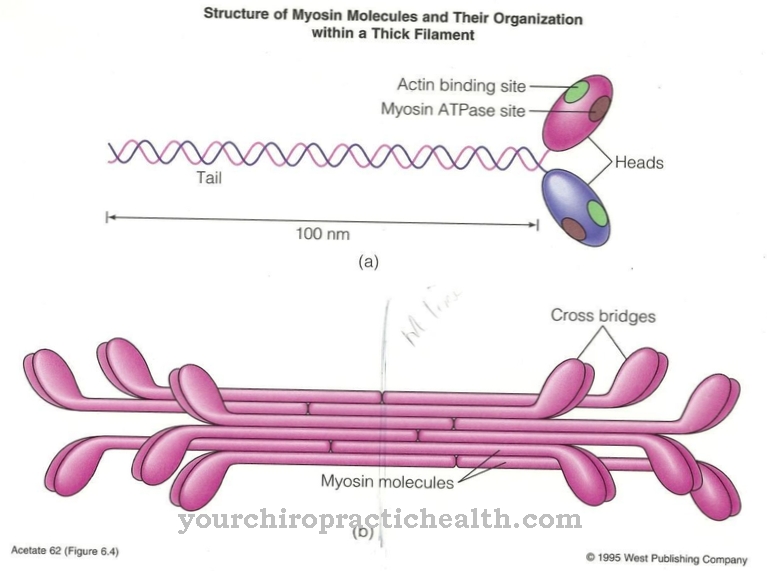
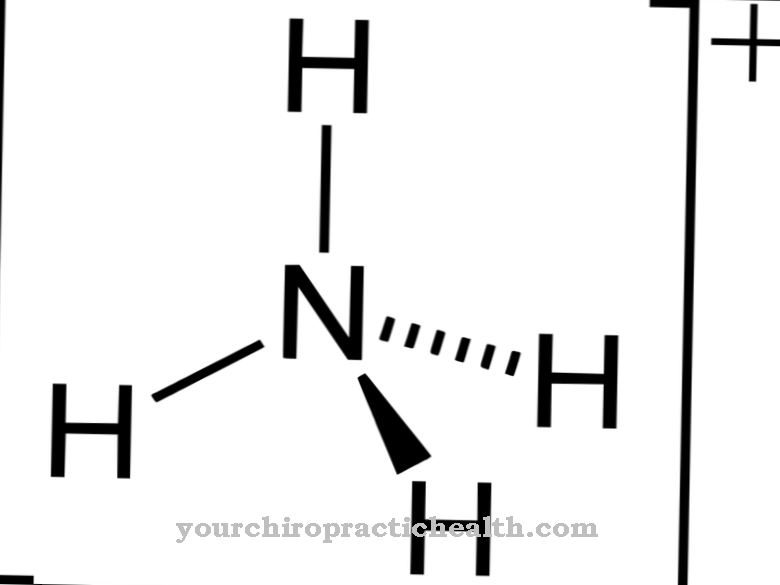

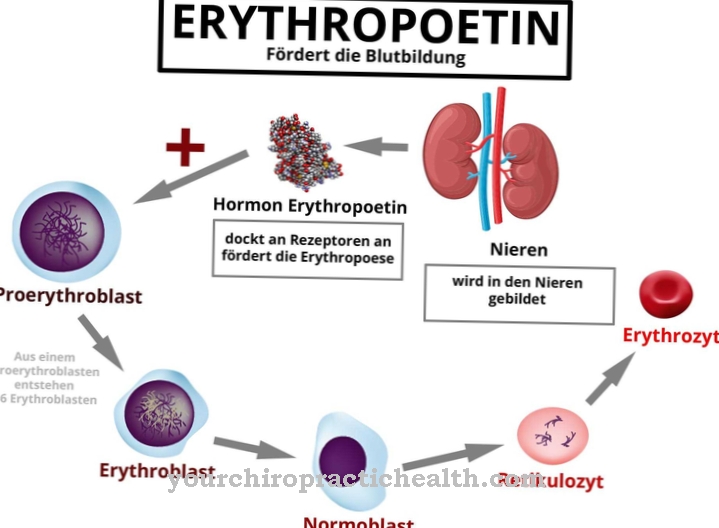
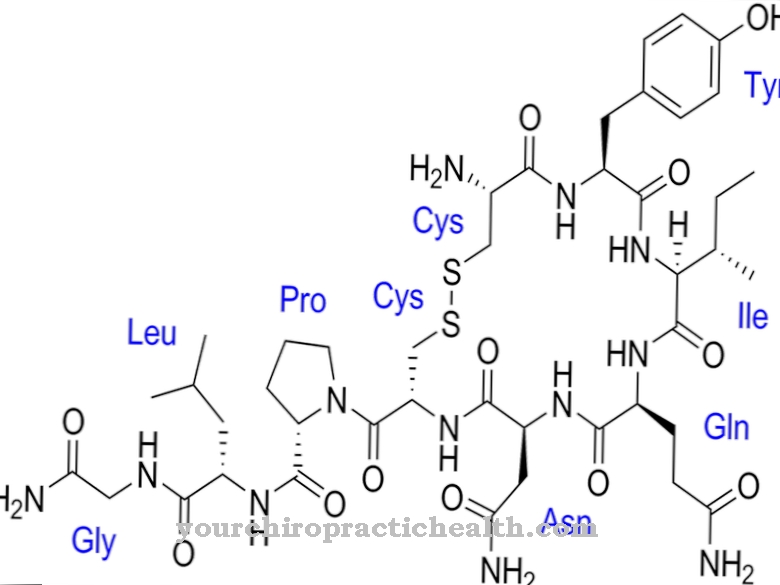
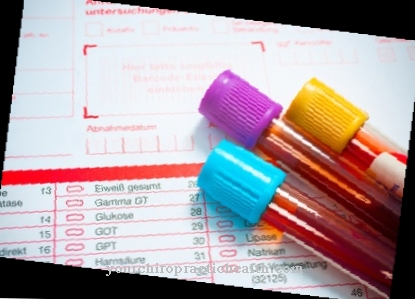

.jpg)



















